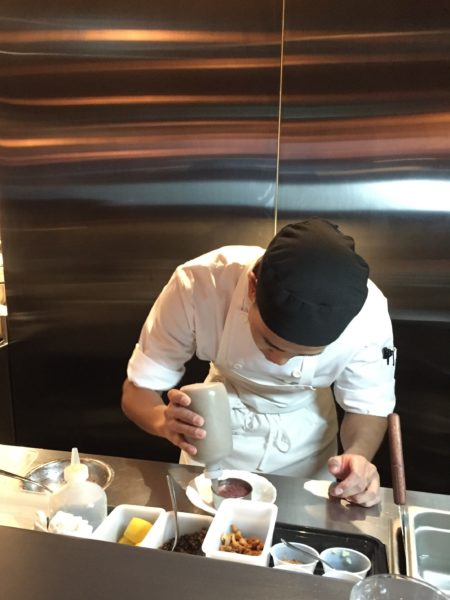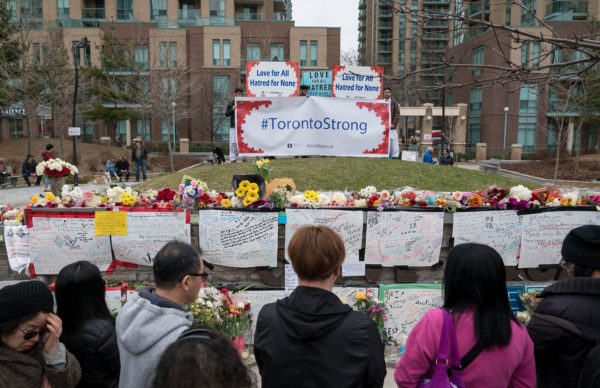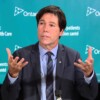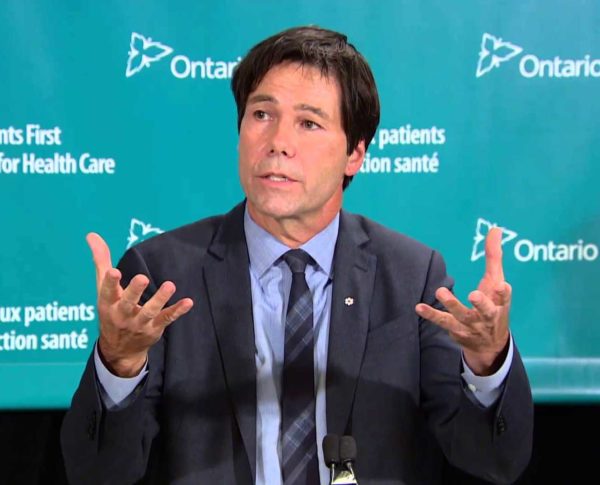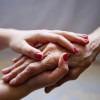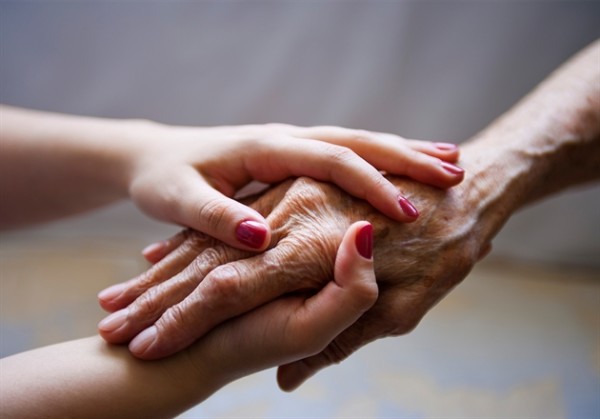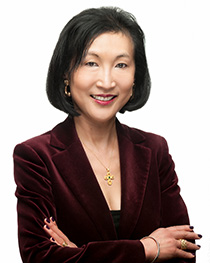Photo Credit: cnn.com
Ever since the outbreak of the Coronavirus also known as 2019-nCoV, there has been an increasing tide of xenophobia in Western countries around the world. According to The Guardian, Chinese people in Western countries where there have been cases of the Wuhan coronavirus have said they have been the target of racist abuse as paranoia mounts over the outbreak.
In Italy, the European country with the highest annual number of Chinese tourists, the confirmation of two confirmed cases – a couple who arrived in Milan from Wuhan on January 23 on a Lunar New Year holiday – coincided with incidents of xenophobia and calls to avoid Chinese restaurants and shops.
Roberto Giuliani, the director of the Santa Cecilia Conservatory in Rome, one of the oldest music institutes in the world, was criticized by colleagues on Wednesday after telling students from China, Japan and South Korea not to come to class until after a doctor had visited their homes to ensure they have not contracted the virus.
In France, a front-page headline in a regional newspaper warned of a “Yellow Alert.” One man told France TV he had been approached while buying vegetables in a supermarket in Strasbourg by a woman who demanded what nationality he was and “if I had the virus”. He added: “I wouldn’t say what happened was racist, but it was a strong prejudice.”
Sacha-Lin Jung, a representative of the Association of Chinese Residents in France, told BFMTV: “People are refusing to be served by Asian people in shops … a woman was thrown off a train because she was Asian and so it was obvious she was carrying the virus. This adds to the racism and stereotypes about the Chinese that already exist.”
The New York Times also reported that in Japan, the hashtag #ChineseDon’tComeToJapan has been trending on Twitter. In Singapore, tens of thousands of residents have signed a petition calling for the government to ban Chinese nationals from entering the country.
Fears over the Coronavirus have affected Chinese populations in Canada too. In the York region, a suburb of Toronto, parents demanded that a school district keep children of a family that had recently returned from China out of classes for 17 days. On Wednesday, John Tory, the mayor of Toronto, condemned racism against Chinese-Canadians, and there have also been reports of anti-Asian racism in the UK.
In France, Chinese residents have been sharing their experiences using the hashtag #JeNeSuisPasUnVirus (I am not a virus). One young woman calling herself Forky wrote on Twitter: “Not all Asians are Chinese. Not all Chinese were born in China and not all have been there. An Asian who coughs doesn’t have the Coronavirus. Insulting an Asian because of the virus is like insulting a Muslim because of the bombings.”
But herein lies the problem – for non-Chinese who are stoked by their fear of the spread of the virus, all Asians are to be avoided because most non-Chinese cannot tell the difference between the Chinese from Hong Kong, Taiwan, Vietnam, Seoul or mainland China. So, to make it simple and safe, according to some of the those who are ill-informed, the best “safe” measure is not to sit next to any Asians and avoid Asian eateries, retailers, groceries, spas and salons all together.
The worst of this paranoia, however, stems from the Chinese community itself from all around the world. In Hong Kong, where antagonism towards the mainland Chinese and distrust of the communist government in China are already at its zenith even before the virus hit, the 2019-nCoV further makes the situation worse. According to The New York Times, Kwong Wing Catering, a small restaurant chain in Hong Kong, announced in a Facebook post on Wednesday that it would serve only patrons speaking English or Cantonese, the city’s native language – a tongue distinct from the Mandarin spoken on the mainland. The business has been a vocal supporter of the Hong Kong democracy movement that has risen up in defiance of Beijing.
Here in Toronto, most Chinese restaurants, particularly in Markham where the population skews Chinese, have become ghost towns since the outbreak of the virus. In York Region condominium buildings where a lot of mainland Chinese call their homes in Canada, notices have been put up to ask all people who have travelled to China to self-quarantine for 14 days and to avoid all public areas such as the gym and swimming pool. Many Chinese New Year events and family gatherings have been cancelled.
Of course, the fake news and disinformation on social media did not help. For example, there was an audio of an Italian guy claiming that he is in Wuhan and that he knows of a secret laboratory where this virus was created. A much-viewed YouTube video in South Korea claims that a biochemical weapons facility in China leaked the Coronavirus in other corners of the globe. In Australia, a fake post circulating on Instagram warned that shops in Sydney containing items like fortune cookies, rice and “Chinese Red Bull” were contaminated. In China, there were rumours that the virus was actually planted by President Trump’s team to ensure China would not threaten the U.S.A.’s leadership position in the world.
My question remains: If we Chinese-Canadians ourselves are prejudiced against and avoiding the mainland Chinese, how can we expect empathy when xenophobia is happening to us? While it is true that not all Chinese were born in China and not all have been there, we Chinese-Canadians – whether from Hong Kong, Macau, Taiwan, Vietnam, Singapore, Malaysia, Indonesia, the Philippines or from mainland China – should first exhibit appropriate behaviour towards one another. As Canadian and World Health Organization (WHO) public-health experts have advised, let’s be vigilant and not panic. Stay away from overly-crowded places and wash or sanitize your hands frequently. Avoid touching your face with your hands. Strengthen your own immune system instead of spreading unnecessary fear. Get your flu shot (it’s never too late) and go about your daily business as usual. If you’re feeling unwell and haven’t travelled to Wuhan, China, stay home and rest instead of going to work and spreading the virus around. Heed the Canadian government’s travel advisory and do not travel to China unless it is absolutely essential. More importantly, do not discriminate our fellow mainland Chinese, many of whom have shown to be exercising public-health self-discipline and voluntary self-isolation upon first discovery of their 2019-nCoV symptoms.
Witnessing what’s going on now in Toronto, the biggest city in Canada with the largest Chinese-Canadian population (631,050), is somewhat like watching the 2018 Netflix post-apocalyptic horror movie Bird Box, in which people start turning against one another in order to survive. The Coronavirus, although still evolving and is deadly, will be under control in time like SARS. Calmness, common sense and compassion for one another should prevail over racial prejudice and unnecessary fearmongering. I am calling for all Chinese-Canadians to set a good example for others here in Canada and around the world.


